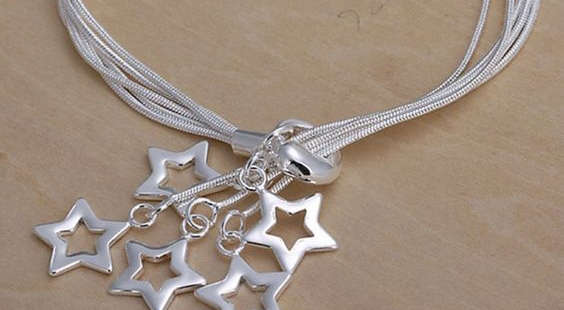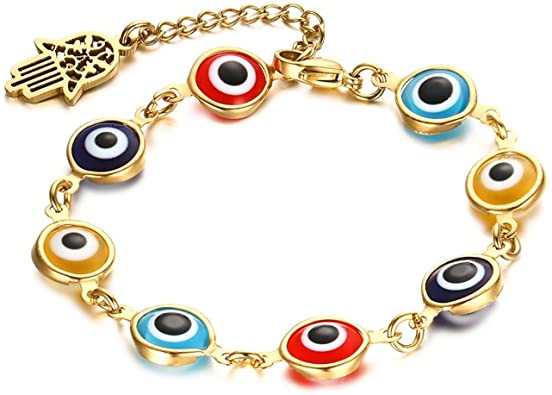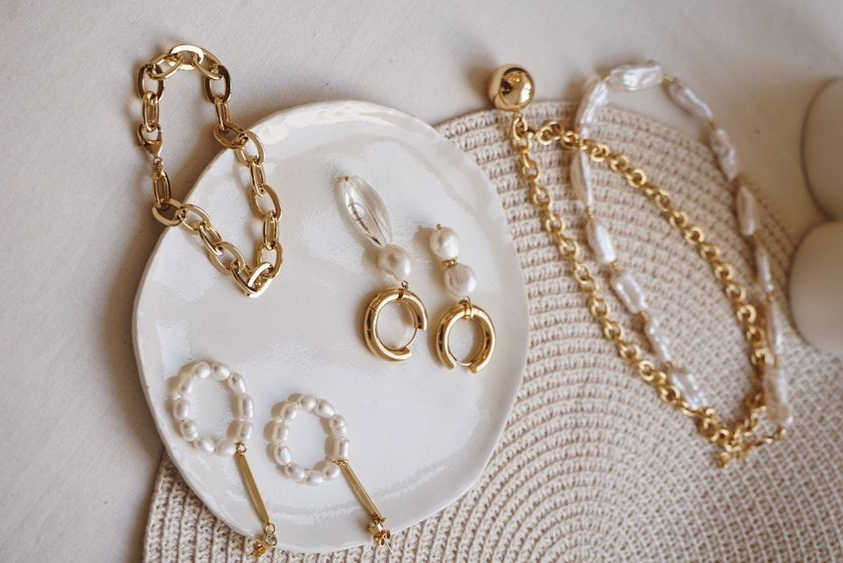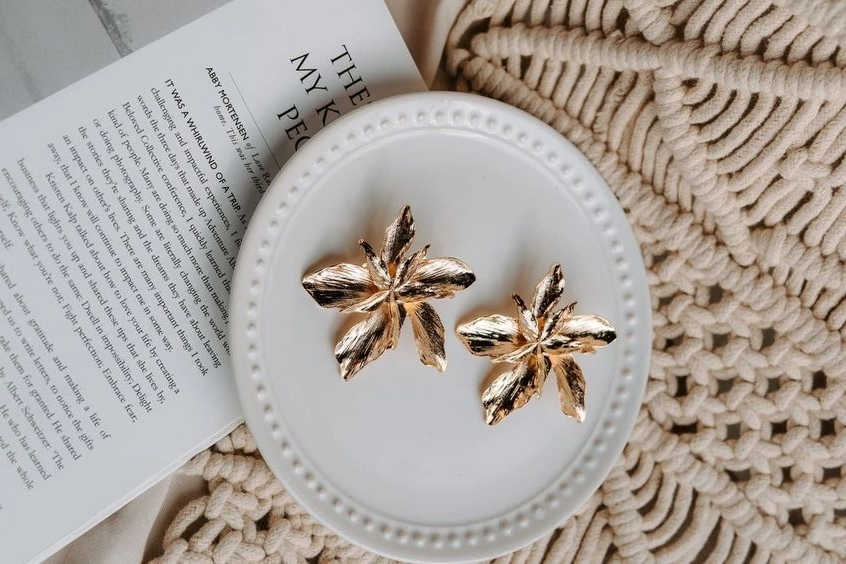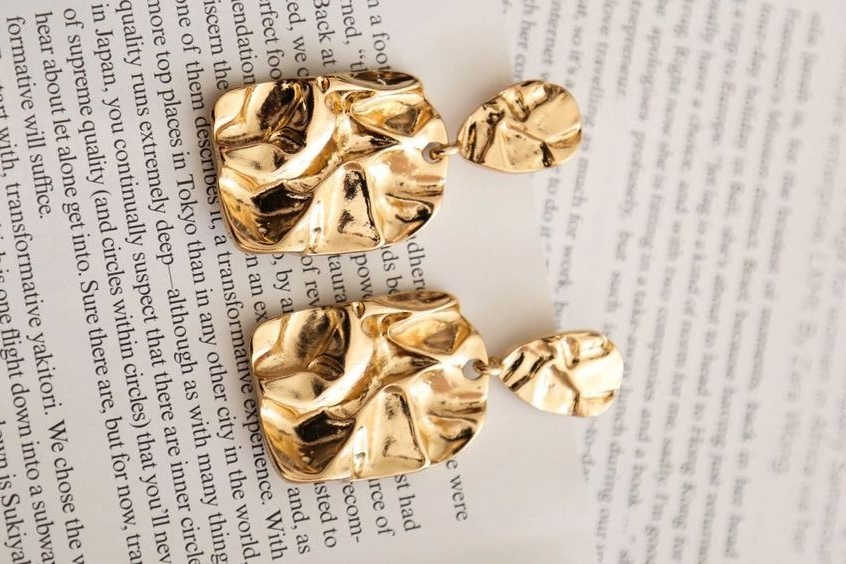PLEXIGLASS
Use a soft cloth, such as microfibre one but also cotton is fine, in order to avoid accidental abrasion. If there are stains, add a non-alcoholic glass product, or a non-acidic detergent such as diluted soap. Spray a small amount on the cloth and pass it on the surface. Plexiglass is a non-toxic material and being reversible at high temperatures, its waste is 100% recyclable as a raw material. Taking care of the environment is not only a duty but also an opportunity!
LACQUERED
For the maintenance and cleaning of lacquered item too it is advisable to use a soft cloth moistened with water and some neutral soap. Never use abrasive sponges, aggressive degreasers, acids, alcohol or products not suitable for cleaning lacquered surfaces, which could alter the colour or even scratch the surface.
We remind you that our laboratory is always open to help you preserve the splendour of your objects because unlike other materials, which once damaged can no longer be recovered, it is always possible to fix them and to bring metal objects back to their original beauty —
Contact us for an estimate, we perform repairs, cleaning, silvering and gilding of silver objects, Sheffield, Silver plated, Gold plated, Copper Brass, Nickel Silver
HOW TO CLEAN AND CONSERVE SILVER
Silver is a very fascinating metal, with gloss and elegance characteristics. Owning objects in silver means giving a touch of sophistication to your spaces or wearing jewels that become details of style.
Knowing how to clean and store silverware, as well as silver plated, does not require you to be an expert in the field, even if they are delicate materials that need due attention. There are different ways to restore shininess to the silverware of your house, to the silver-plated objects, as well as those delicious silver ornaments that have become oxidized. However, at the basis of everything, a proper conservation of these metals is always required, not to end up fighting against the more or less consistent, but always common, problems of oxidation.
DISTINGUISHING THE VARIOUS TYPES OF SILVER
The knowledge of the object’s material becomes essential to provide its maintenance, in other words to perform proper storage and correct cleaning
Silver objects have lozenges and punches of different types on them, such as 950, 900, 925 or 800. These logos and brands vary depending on the place and year of production.
Silver proves to be a versatile and quite hard material, which is why it is often combined with other metals to simplify its processing. When silver is alloyed with other metals, such as copper and nickel, or used as a plating, it is named respectively “Sheffield plate” (also known as old Sheffield plate) and “Silver plated”. Silver, Sheffield plate and Silver plated are well distinguished from other alloys. For example, Nickel silver, commonly known as Alpacca or Argentan, is instead a simple metal mixture, with the presence of nickel, which imitates silver very well the appearance of brand new.
SILVER’S ENEMIES
The main enemy of silver and its derivations, such as sheffield plate and silver plated, is certainly oxidation, a natural feature of this precious metal.
The reason why silver blackens is due to its exposure to air, which contains various substances capable of activating the silver sulphide, the real responsible for blackness. It also suffers from exposure to particular conditions, such as heat and humidity can cause the object to blacken but remember that this phenomenon is NOT a defect and does NOT damage the silver.
HOW TO CONSERVE SILVERWARE AND SILVER PLATED
To prevent the oxidation of unvarnished silver items, even those daily used, such as cutlery, jewels, vases, ornaments, frames, trays, samovars, teapots, table mats, risers, table centrepieces, candelabras and other utensils, we need to start from some good habits.
The first thing to do is to keep the silverware with due care. It is always preferable to choose a cool and dry place, away from humidity and warm air. If silver objects are not used, especially for bijoux that are not worn on a daily basis, it is also advisable to keep each item in its special case, avoiding mixing and massing the various elements together and avoiding scratches in this way.
Silica gel or common chalks can help to absorb the humidity that affects silver and can be placed inside the packs where you will keep the silver items that are not often used. As mentioned, when storing silverware, it is extremely important to keep them away from substances that can compromise gloss, therefore all those that contain an acid or alcoholic base. Among the substances that undermine the silver shine is also included food, and among these foods there are mayonnaise, onions, sauces, eggs and wine. Exposure to sun and water are other factors to avoid in order to properly preserve your home silverware, in order to avoid oxidation and therefore the unsightly blackening.
CLEANING SILVER AND SILVER PLATED
The cleaning of silver and silver plated is a way not only to remove oxidation and black parts but also to simply renew the shininess. There are many cleaning solutions and many of them can also be done in a simple domestic environment. There are also many 100% natural remedies to make silverware look like new. One of the best ways for cleaning silver and silver plated is certainly the polishing bath: a technical system that involves the immersion of silver in a special preparation based on thiosulphate. Accurate rinsing and drying of the object will follow the immersion.
This system is based on chemical processes and must be performed only by specialized staff. Otherwise, within the walls of your house it is possible to resort to the numerous specific products for silverware, which have a liquid and sometimes pasty consistency. These products act through rubbing and therefore require the use of special or soft cloths, so that the rubbing does not leave scratches on the surface. Beware that the creams, left more than necessary, can yellow the item.
Cloths soaked in special solutions are very practical too: just rub the article in silver or silverware to give shininess.
However, these household systems have the drawback of removing a layer of metal, even minimal. What we can suggest you is to try the product on a small part of the item before passing it on the whole object.
HOW TO PROTECT GOLD PLATING jewelry?
Objects that are gold-plated acquire a refinement and an unparalleled finishing beauty. For this reason, the the sector manufacture has always promoted plating as privileged decoration.
How do I keep gold-plated jewelry shiny and bright?
Starting from general notions, gold is a precious metal, appreciated since ancient times, always recognized as a material with a high level of value and beauty. It is no coincidence that gold was, historically, the first money ever used, first raw and then in the form of coins. Its use, because of its bright and appealing appearance, has always had a decorative purpose, both for the person, as in the case of jewellery, and for objects.
Gold is a chemical element, found in nature, in the form of nuggets or golden veins. The nugget is a small piece of gold detached from the original vein for geological causes that is usually located in fluvial areas or in gold deposits, very few now-a-days. The golden veins are instead large deposits in which gold is found in blocks, specks and grains of different sizes, in large quantities. In general, the larger pieces of gold are less pure than grains and specks: this is because, to reach large dimensions, it means that other minerals have been depositing in the nugget, which pollute the gold.
Gold is a soft, malleable, yellow metal. The measure of its purity is given by the carat: pure gold is 24 carats. In nature it is difficult to find 24-carat gold but, more plausibly, around 20-22. Often, to make it a durable and solid material, gold is hardened before moulding objects and jewels. To obtain a harder consistency, gold is mixed with palladium, copper or silver. In these cases, the purity of the created object is calculated in one thousandths.
What does plating mean and how is it done?
Plating is a technique that consists in coating a metal with another metal. In the case of gold-plated silverware, for example, the entire product is plated in gold, or just some parts, to obtain a decoration and to embellish the entire object, giving it more value, higher aesthetic impact and more refinement. The gold used for plating is pure 24-carat gold. In the case of plating, in fact, the softness of gold is a positive quality, as the precious metal must melt, overlap and attach to the base to be plated. Generally, when plating an object, the less noble metal is used as the base and the most precious one is used as the plating material. Plating is a chemical process. In particular, the gold one is mainly performed through galvanic baths. The electroplating or galvanic bath consists in passing the electric current into a solution rich of secondary metal ions. With the galvanic bath a thin and homogeneous plating layer is obtained. This is a process of recent discovery, because, until about a century ago, the only technique used to cover objects and gold jewellery was the one of lamination: in other words, the covering and the decoration of the artefact through handmade and manual application of laminae, or sheets of gold, previously forged in ductile and thin lamellae.
Gold plating, what is it for?
Plating an object in gold can be done to decorate it, embellish it, and make it more beautiful and of high value. But these are not the only reasons why objects are plated with gold: a secondary reason is to protect them. In fact, gold does not react to any chemical agent, lasts over time without undergoing oxidation and does not lose its qualities of beauty, shine and brilliance.
Does the gold plating last forever?
If we talk about objects in gold we can safely say yes: they are eternal and last forever. Gold is a precious metal that can boast a very long life, without altering its characteristics. If we talk about gold plating, however, we cannot say the same. The pitfalls of plating are, basically, two:
Since it is a coating, even when it is well made and adhering to the underlying metal, it may peel over time
If plating is performed on an oxidation-sensitive metal object, due to the passage of time and, above all, humidity, the base metal atoms can slowly migrate through the gold-plated surface and oxidize, producing stains on the plating itself, ruining it in the end.
If a gold plating is ruined, can we intervene?
If the gold plating peels, comes off, raises or ripples, the only way to solve the problem is to redo it, using the galvanic bath technique again. To keep gold-plated objects and jewels in optimal conditions, the best method is prevention.
How to protect a gold-plated jewelry?
Using some care, gold-plated silverware and, in general, all gold-coated items, can be kept in perfect condition for many years. Here are some suggestions to help give long life to gold plated:
- Avoid direct heat exposure. Plated objects should never be kept near heaters, stoves, fireplaces or left exposed at a point where they are hit by direct sun for many hours a day. In fact, over time continuous heat can peel and detach the plating
- In the case of objects that do not need to be exposed for decorative use, but objects that are commonly used and taken out only when necessary, such as cutlery, jugs and such, always place them in the original container or, alternatively, in velvet bags or lined boxes. A dark and dry environment, in fact, favours the good sealing of the plating. When storing the plated objects, it is good to divide them from one another with velvet or cotton patches or, at least, individually wrapped in a flimsy paper. This is to prevent them from being scratched by touching each other
- Only use water for washing: to wash gold-plated objects do not use soaps, detergents or cleansers, especially on plating. To wash them you can soak them in hot water. If they are very dirty you can rub them lightly with your fingers but do not use sponges or other aggressive techniques. The drying must be natural, in the air. Once dry, the plated items can be polished with a soft cloth
- Periodically perform maintenance: from time to time, gold-plated articles should be cleaned to enhance their brilliance. If water cleaning is not needed, you can follow the procedure just explained, so just polish them with a soft cloth. There are excellent ones that can be bought at jewellery stores or at silver shops, usually used to clean glasses and jewellery
The different types of gold
Gold can have different colours: yellow, white or pink. All three shades of gold can also be present on plating. Gold maintenance does not change according to colour and the rules to keep it beautiful, bright and new-looking and fresh are the same.
Ten articles before and after
Pros And Cons Of Different Types Of Ring Setting And How To Choose The Best Rings Setting?
Prong Setting Vs Bezel Setting Rings Which one is Better?
Why Choose the Wood Inlay Men’s Wedding Ring?
9 Ring Settings You Need To Know Before You Purchase Rings
When And How To Make The Ring Smaller Without Changing Its Size?
4 Ways To Keep Jewelry From Tarnishing
How to Remove Tarnish From Sterling Silver Jewelry?
